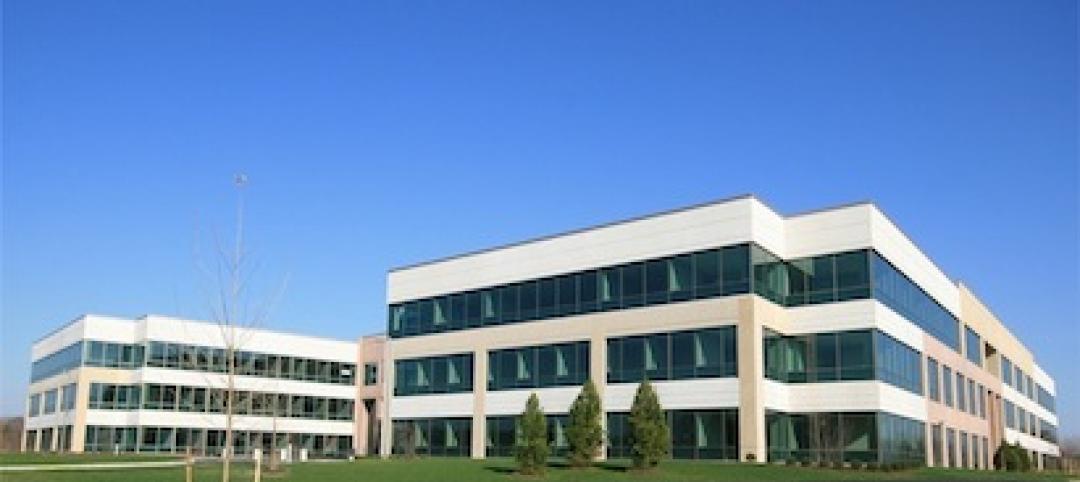Transwestern has released a report examining a number of creative office projects that have generated substantial returns for investors upon completion. The adaptive reuse developments span Boston, Chicago, Los Angeles, New York, Phoenix, San Francisco, and Austin, Texas. The report also highlights 20 additional large creative office projects currently underway across the country.
Michael Soto, Director of Research in Southern California and co-author of the report, explains that while creative office conversions are not new, what is different this cycle is the sheer volume of creative office exits nationally at core/core-plus pricing that have occurred during the past five years – with the buyers being major institutional investors or well-known owner/users.
“The conversion of a property from industrial or retail use to creative office has become an increasingly popular value-add strategy for investors,” Soto says in a release. “Two trends are fueling demand for this type of differentiated office product: One, technology, advertising, media and other companies trying to attract millennials are interested in the characteristic features of creative office space – open floor plans, natural lighting, common spaces and amenities such as cafés and rec rooms. And two, tenants are returning to cities, where they can take advantage of live/work/play environments.”
Based on favorable exit pricing of some major creative office projects around the country, this type of value-add strategy, on this large scale, is now being considered by developers, either via direct investment or joint-venture partnerships with equity partners. Conversely, stabilized creative office properties are on the radar of many national and international institutional buyers that are paying traditional trophy Class A pricing for these types of properties, usually based on the credit-worthiness of the tenant, as well as the location of the project.
The report cautions, however, that many of these projects were acquired and developed under very different economic conditions than exist today.
“Rising land, building and construction costs – especially in hot neighborhoods – may add more risk when compared to a few years ago, when we were at a different point in the real estate cycle,” said Sandy McDonald, Director of Research in Chicago and co-author of the report. “In addition, adaptive reuse often comes with hidden costs and potentially expensive future property modifications.”
Moreover, the popularity of the creative office concept means that there is more inventory in the market today. Landlords that own existing office buildings or are doing ground-up development are realizing that they must consider strategic property enhancements and creative office-associated tenant amenities to stay competitive in the marketplace.
To view the complete report, titled Creative Office Projects: Adaptive Reuse Generates Staggering Returns for Investors, click here.
Related Stories
| Feb 20, 2013
CoreNet Global to real estate execs: 'Move forward on net-zero'
CoreNet Global, a major international association for corporate real estate and workplace executives, has released a public policy statement advocating adoption of net-zero energy buildings.
| Feb 17, 2013
Pakistan to get world's tallest tower in $45 billion deal
Newly signed mega deal will fund construction of several massive developments in Karachi, including a mixed-use tower that will dwarf the Burj Khalifa.
| Feb 14, 2013
Boxman Studios launches shipping container buildings division
Boxman Studios has launched a new division aimed at sustainable solutions for the Built Environment. The Boxman Studios Buildings Division will focus on the adaptive use of decommissioned shipping containers as architectural elements and even complete buildings.
| Feb 14, 2013
Guardian DiamondGuard installed in the Empire State Building
Guardian Industries DiamondGuard glass was recently installed on the 102nd story of the Empire State Building in New York City as part of an extensive renovation to update this venerable landmark.
| Feb 12, 2013
OMA's 'perimeter core' design wins competition for Essence Financial Building in Shenzhen
OMA partners David Gianotten and Rem Koolhaas rethink traditional office tower design with a plan that shifts the building's core to the edge for large, unobstructed plans.
| Feb 8, 2013
5 factors to consider when designing a shade system
Designing a shade system is more complex than picking out basic white venetian blinds. Here are five elements to consider when designing an interior shade system.
| Feb 6, 2013
RSMeans cost comparisons: office buildings and medical offices
RSMeans' February 2013 Cost Comparison Report breaks down the average construction costs per square foot for four types of office buildings across 25 metro markets.
| Feb 1, 2013
Delinquency rate for U.S. commercial real estate loans hits 11-month low
The delinquency rate for U.S. commercial real estate loans in CMBS fell 14 basis points in January to 9.57%. This is the lowest level in 11 months, according to Trepp, LLC's latest U.S. CMBS Delinquency Report.
| Jan 31, 2013
The Opus Group completes construction of corporate HQ for Church & Dwight Co.
The Opus Group announced today the completion of construction on a new 250,000-square-foot corporate headquarter campus for Church & Dwight Co., Inc., in Ewing Township, near Princeton, N.J.


















